The working principle of monorail and metro systems of traction can be explained as follows:
Power Supply: Monorail and metro systems are powered by electricity. The trains pick up electric power from an overhead power line (in case of monorail) or a third rail (in case of metro) located alongside or beneath the track.
Electric Motors: The electric power is used to drive an electric motor in each train. The electric motor is connected to the wheels of the train, which turns and propels the train forward.
Speed Control: The speed of the train is controlled by adjusting the power supplied to the electric motor. The more power supplied, the faster the train goes. Conversely, reducing the power slows down the train.
Braking System: The braking system of monorail and metro trains operates on electricity. Regenerative braking is used, where the electric motor acts as a generator and converts the kinetic energy of the moving train into electrical energy, which is fed back into the power supply system. In some cases, a separate brake control system is used to slow down the train.
Guided Track: Monorail and metro trains run on a guided track, either suspended in the air (monorail) or at ground level (metro). The track guides the train, ensuring that it stays on the correct path and does not derail.
Signaling System: A signaling system controls the train traffic and ensures safe operation. The signaling system sends signals to the train, indicating when it is safe to move, when to slow down, and when to stop.
Efficient Transportation: Monorail and metro systems offer an efficient and eco-friendly mode of transportation. They are particularly useful in urban areas, where traffic is heavy and there is a need for quick and reliable transportation.
In conclusion, the working principle of monorail and metro systems of traction involves the use of electric power to propel trains along a guided track, with the speed of the train controlled by adjusting the power supplied to the electric motor. The braking system operates on electricity, and a signaling system ensures safe operation of the trains. These systems offer an efficient and eco-friendly mode of transportation, making them a popular choice in urban areas.
Monorail Train:
Metro Train:

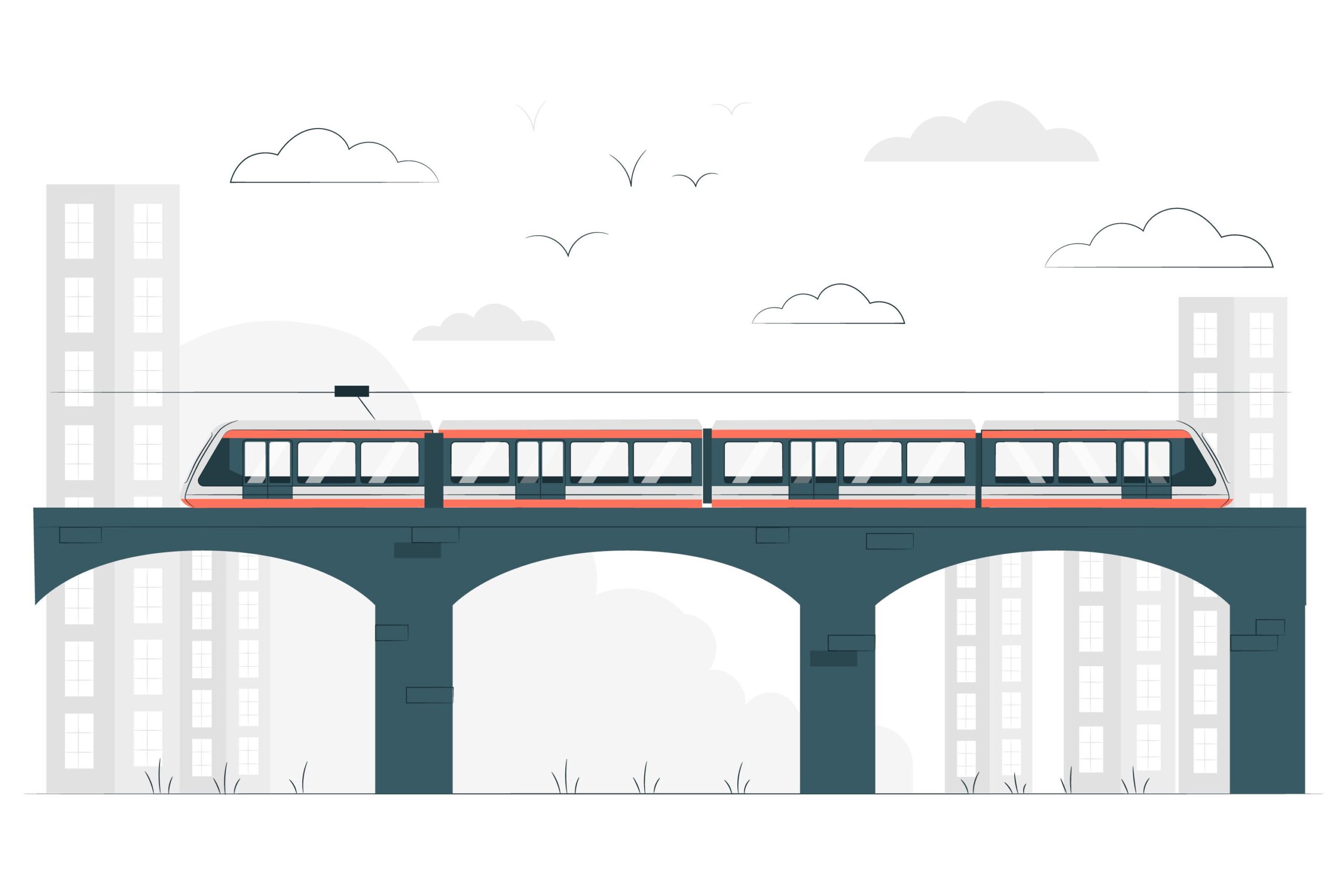
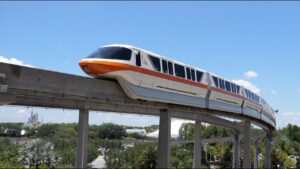
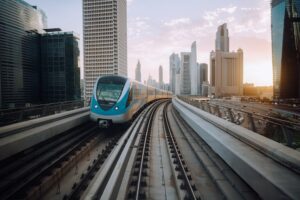
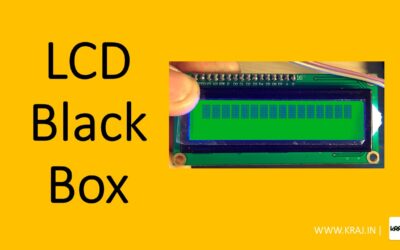

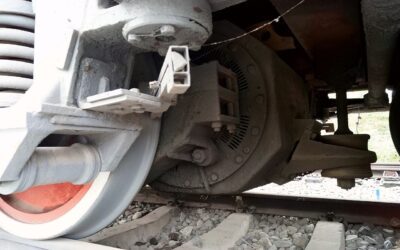
0 Comments